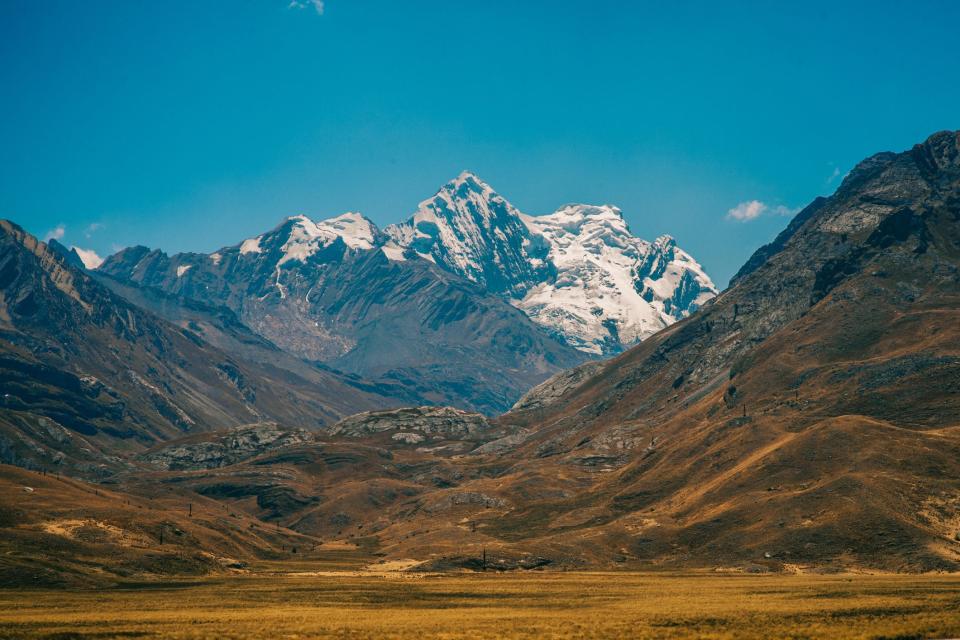Llama poop sparked 57% more plant growth in a part of the Andes that was barren and ravaged by climate change
When glaciers melt, the land that was underneath is practically barren.
Farmers in the area often keep llamas, and scientists found that the animals help fertilize soil.
Over three years, the areas with llamas housed four new plant species and 57% more plants overall.
Llamas spit, shed, and poop, and the world flourishes because of it.
Case in point, raising llamas in a part of the Andes left barren by glaciers helped add nutrients back to the soil and increase the overall amount of plants. These findings were published in the peer-reviewed journal Scientific Reports.
Scientists determined this by working with a group of farmers caring for llamas in Cordillera Blanca, Peru over three years.
In that time, the areas that had llamas saw a 57% increase in plant cover, increased soil nutrients, and four new plant species that weren't there at the beginning.
All this abundance was thanks to the llamas grazing, shedding, and pooping, the scientists report.
Why llama poop?
Llama poop, also called llama beans, contains nutrients like carbon and nitrogen that make soil hospitable to life.
It also contains seeds from plants that the animals have grazed on. So the animals acted like farmers, only their poop was doing the planting, not their hands.
"No such experiment has been done like this in these areas, and at this altitude," Anaïs Zimmer, a geographer and lead author of the paper, said in a press release from the University of Texas.
Where did they get the idea for this in the first place

Though this is the first time we've seen proof of this scientifically, it's a practice that's been occurring for a long time.
Raising llamas around the glaciers of the Andes has been common since the Incan Empire ruled the area.
More recently, indigenous farmers have continued llama husbandry in the Andes. That's why Zimmer and her colleagues partnered with Llama 2000 Asociación, a group of farmers in the area.
They helped the researchers set up eight fenced-in areas and disperse llamas into half of them. The herders monitored and cared for the llamas, ensuring that the plots stayed separate.
The farmers were an invaluable part of the study, Zimmer told EOS. "They helped to answer important questions with their unique knowledge," she said.
What glaciers leave behind

Over the past 50 years, Peru has lost roughly 51% of its glacial surface, according to the country's National Water Authority. This, they said, was caused by the effects of climate change.
As these glaciers continue to melt due to human-caused climate change, humans need to figure out a way to deal with what's left behind.
When glaciers melt, the soil that has been trapped underneath it is devoid of nutrients. On its own, the soil may take hundreds of years to become fertile, EOS reported.
The melt also causes a host of new problems, including acid rock drainage, destabilizing the landscape, and creating new demand for mining which might displace locals, co-author Tim Beach, a professor of geography and the environment, told UT.
Reseeding plant life can help with many of these problems, Zimmer said in the UT press release. She said raising llamas in these areas "might help to ameliorate the destructive processes of global warming-induced deglaciation while favoring the local economy."
Read the original article on Business Insider


